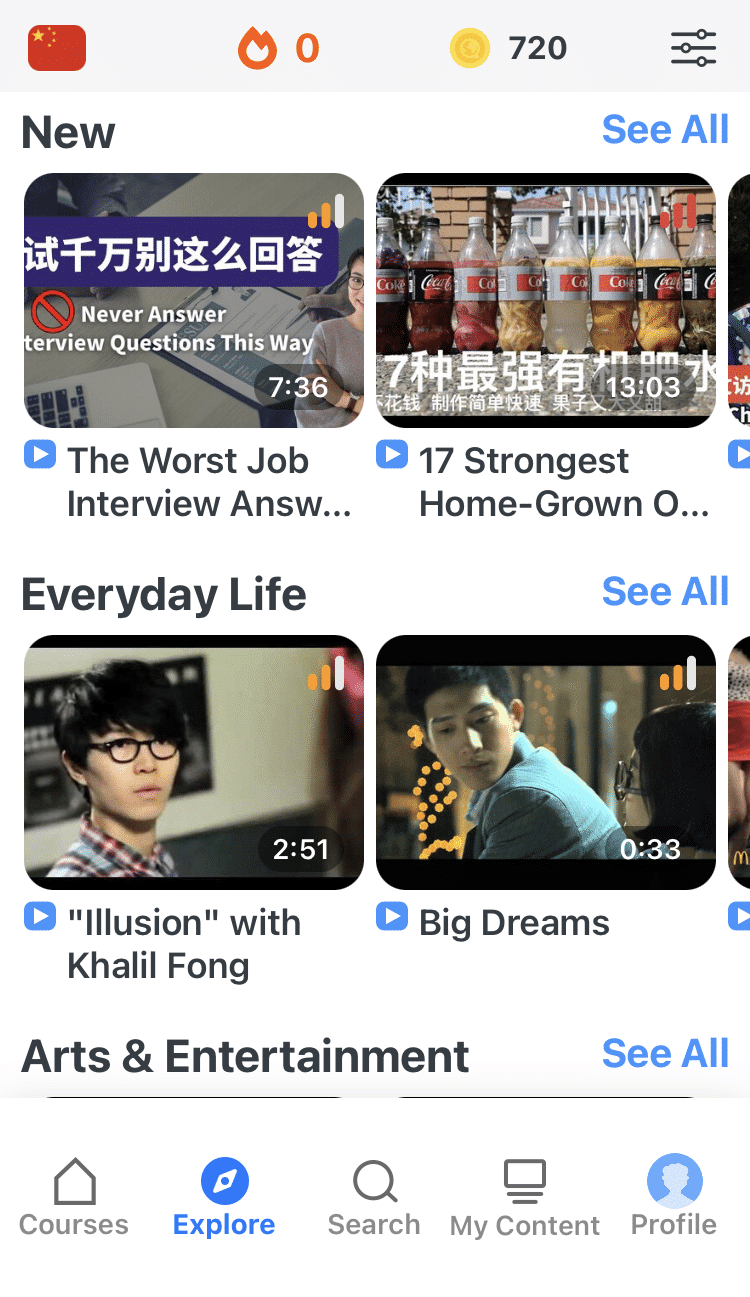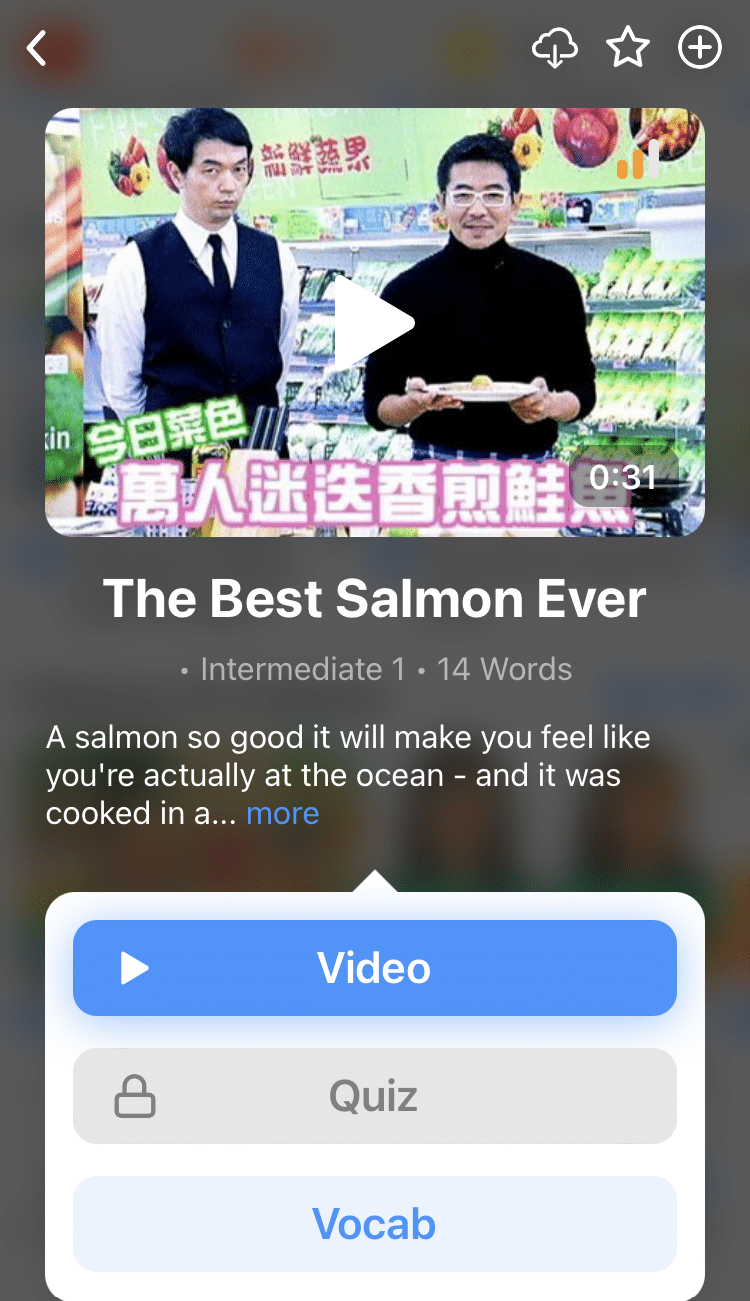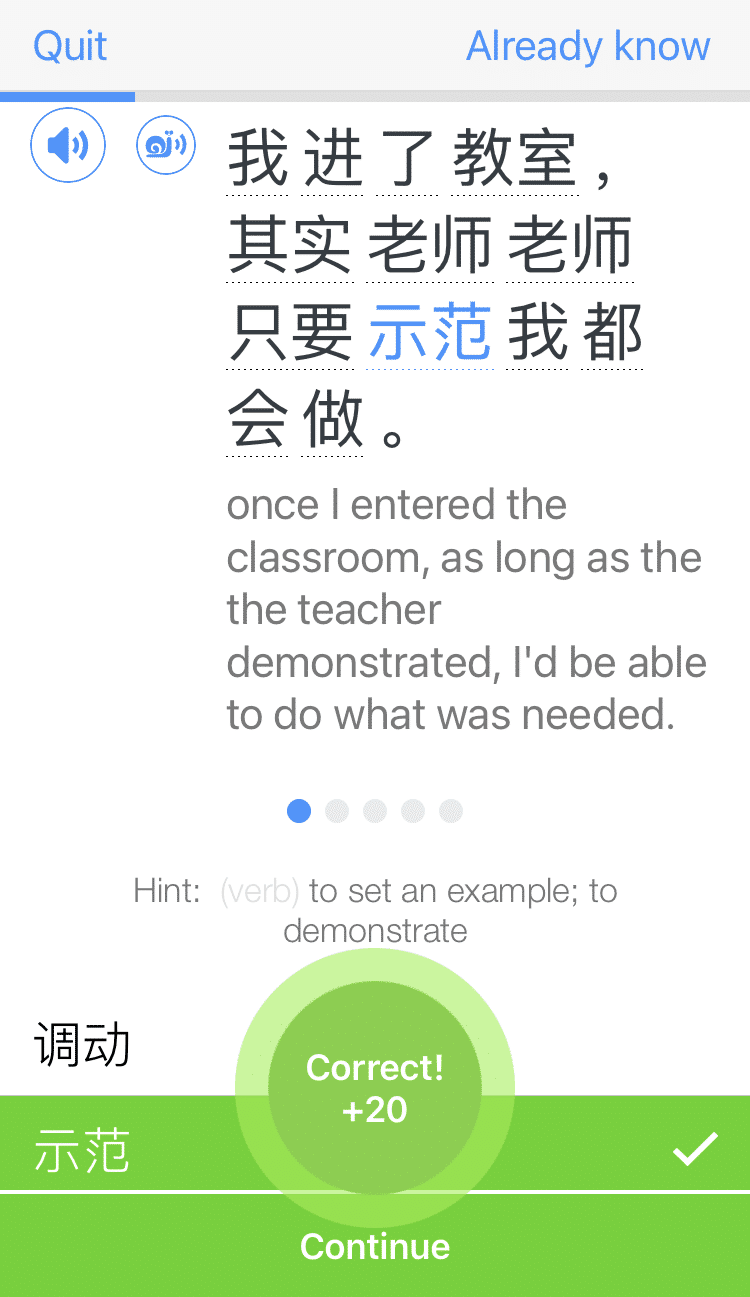
13 Most Beautiful Chinese Words with Fascinating Hidden Meanings
Do you think the word pulchritudinous is beautiful?
It’s not light and flowy, and it even sounds like it implies something negative. But in fact, it’s a synonym for lovely and gorgeous.
In this case, the meaning makes the word beautiful.
That’s how the most beautiful Chinese words work, too. You can find their beauty in the composition, history, intent and meaning of the characters.
In this post, you’ll learn 13 Chinese words with deep meanings, which can be uncovered by looking closely at their characters.
Contents
- 1. 爱 (ài) — to love; affection
- 2. 串 (chuàn) — to string together
- 3. 聪 (cōng) — clever
- 4. 家 (jiā) — home
- 5. 明 (míng) — bright; to understand
- 6. 忍 (rěn) — to endure
- 7. 森林 (sēn lín) — forest
- 8. 武 (wǔ) — military
- 9. 五 (wǔ) — five
- 10. 永 (yǒng) — forever; perpetual
- 11. 众 (zhòng) — crowd
- 12. 忠 (zhōng) — loyal
- 13. 追 (zhuī) — to persistently pursue; to woo
- The Building Blocks of Chinese Characters
- And One More Thing...
Download: This blog post is available as a convenient and portable PDF that you can take anywhere. Click here to get a copy. (Download)
1. 爱 (ài) — to love; affection
In its traditional form, 爱 includes the character 心 (xīn), the word for heart. The rest of components represent actions, so all the parts together mean to love with your heart and through your actions.
Although 心 doesn’t appear in the simplified version, 爱 does include 友 (yǒu) underneath 冖 (mì), which means bringing a friend into one’s house.
In that aspect, the underlying message of affection and bringing a close one to your heart isn’t lost in the simplified character.
2. 串 (chuàn) — to string together
串 is one of those really interesting characters that’s a true visual interpretation of its definition.
What looks like two boxes connected by one stick, it’s no surprise that 串 translates as “to string together” and used as a classifier for things that are either skewered (like barbecue) or strung together (like words).
3. 聪 (cōng) — clever
Intelligence is more than just brains, and this character for “clever” shows just that.
When we take 聪 apart, we have 耳 (ěr) meaning “ear” and 总 (zǒng) meaning “to collect” or “altogether.”
心 also appears in 总, so if you think about it, being smart doesn’t just mean thinking with your head. It also means using your ears and heart.
4. 家 (jiā) — home
The word for home or household can be divided into two sections: 宀 (mián) which represents a roof and 豕 (shǐ) which is the word for “swine.”
It’s weird to think that a pig plays a part somehow in the definition, but in the past, families were considered to be wealthy if they reared pigs.
Chinese culture regards the pig as a symbol of good fortune and prosperity, so 家 may represent the objective to have a well-off household.
5. 明 (míng) — bright; to understand
明 is made up of the characters 日 (rì) and 月 (yuè), the “sun” and “moon” respectively.
While the moon is only visible when sunlight reflects off of it, the two characters are put together because light can’t exist without darkness.
Using that philosophy, 明 can also be related to enlightenment and clarity, included in terms like 明白 (míng bai) which means “to understand” and 说明 (shuō míng) which is “to explain.”
6. 忍 (rěn) — to endure
When we take the components apart, the top portion 刃 (rèn) is “blade” while the bottom portion is 心 or “heart.”
Put together, 忍 can be perceived as a knife piercing the heart to demonstrate the pain associated when one has to endure or to tolerate.
7. 森林 (sēn lín) — forest
木 (mù)—”wood”—appears five times in this term. So it’s natural that characters composed of several 木 would mean a forest or wooded area.
The construction of the character is literal and overall very simple, yet there’s such a beauty in this simplicity.
8. 武 (wǔ) — military
武 can be divided into two parts.
The first part is 弋 (yì), which was modeled after an ancient weapon and means “to shoot with a bow” or “to arrest.”
The second part of this character is 止 (zhǐ), which means to “to stop” or “to desist.”
Historically, the Chinese military believed that the true power came from subduing the enemy without the use of weapons, and that weapons were only to be seen as the last resort.
9. 五 (wǔ) — five
To the average person, 五 doesn’t seem like it’s anything special considering it consists of five lines, but there’s more than meets the eye with this character.
The two lines at the top and bottom make 二 (èr) or “two,” although it also represents heaven and earth. What used to be a cross in the middle later turned into a cross with an extra stroke, meant to symbolize the elements.
All in all, the lines stand for the five elements of Wuxing—wood, fire, earth, metal and water.
10. 永 (yǒng) — forever; perpetual
Having the same origins as its homonym 泳 (yǒng)—”to swim”—the earliest manifestation of 永 was actually defined as “to swim with the current.”
To give a little background, the character for “water” or 水 (shuǐ) that makes up the bulk of 永, shares the same pictographic derivative as the word 川 (chuān) or “stream.”
Thus, the modern interpretation of the 永 paints a picture of a stream or river flowing endlessly, a stunning visual for the Chinese word for “forever.”
Semantics aside, the composition itself is also quite elegant, as it consists of the eight basic strokes of the Chinese writing system, balancing out all parts of the character without needing to be symmetrical.
11. 众 (zhòng) — crowd
Without knowing what 众 means or how it’s pronounced, a beginner could figure out the definition just by seeing that it’s made up of three 人 (rén), the character for “person.” Three’s a crowd, after all.
And just like with 森林, the literal nature of the character makes it more visually appealing. Not to mention, easier to remember in the long run!
12. 忠 (zhōng) — loyal
The top portion 中 (zhōng) can take on many meanings, but in this case, it’s referring to China, which is 中国 (zhōng guó).
With 心 at the bottom, loyalty and devotion are depicted with the heart and soul being connected to the Middle Kingdom.
13. 追 (zhuī) — to persistently pursue; to woo
When a character uses the radical 辶 (chuò), the word most likely has something to do with walking.
Another component of 追 is 㠯 (yǐ), which is an ancient form of 以 (yǐ) meaning “according to” or “with.”
Putting the pieces together, 追 is almost like walking with a purpose toward a goal, essentially chasing after something with determination.
The act of wooing is already pretty romantic, but seeing how all the parts signify persistence really shows what it takes to be able to pursue someone.
The Building Blocks of Chinese Characters
Hanzi (the Chinese writing system) is often believed to be pictographic, but that isn’t entirely true.
While some characters have evolved from pictures, most are pictophonetic, with parts that indicate meaning and sound.
Let’s briefly run through all the elements of characters.
Strokes
Chinese characters use a variety of singular and compound strokes (basically a combination of singular strokes drawn in one go). Eight basic strokes follow a certain order for writing.
Radicals
Though mostly used as the way to look up words in a dictionary, a Chinese radical is the part of a character that may imply it belongs to a broad category.
For instance, 人 (rén) — “person,” is one of the many easy characters that also functions as a radical.
When 人 acts as a radical, it likely pertains to an action or description of a person.
Here are some examples of chaacters with the radical 人:
坐 (zuò) — to sit
个 (gè) — individual; oneself; general classifier, piece
Phonetic Components
Components have separate functions from radicals. These are parts of characters that offer contextual clues on pronunciation, also known as sound components.
One example would be the character 马 (mǎ), meaning horse.
马 appears in characters like 吗 (ma) and 妈 (mā). As you can see, both words are pronounced as ma.
Pair your learning with an immersion program like FluentU to learn all the tips and tricks of pronunciation. With FluentU, you can hear words spoken by native Chinese speakers in the context of subtitled videos, so you know exactly how to read a written word.
FluentU takes authentic videos—like music videos, movie trailers, news and inspiring talks—and turns them into personalized language learning lessons.
You can try FluentU for free for 2 weeks. Check out the website or download the iOS app or Android app.
P.S. Click here to take advantage of our current sale! (Expires at the end of this month.)
Semantic Components
These give hints about the meaning of words. A radical can sometimes double as the semantic component of a character, but that’s not always the case.
Just like 人, another semantic component that also acts as a radical would be 足 (zú) — foot or leg.
Thus, characters including this component would indicate that they’re somehow related to feet, like 跳 (tiào), which means to jump.
Which one of these characters was your favorite? Hopefully, this list has given you a new appreciation for reading and writing Chinese!
Download: This blog post is available as a convenient and portable PDF that you can take anywhere. Click here to get a copy. (Download)
And One More Thing...
If you want to continue learning Chinese with interactive and authentic Chinese content, then you'll love FluentU.
FluentU naturally eases you into learning Chinese language. Native Chinese content comes within reach, and you'll learn Chinese as it's spoken in real life.
FluentU has a wide range of contemporary videos—like dramas, TV shows, commercials and music videos.
FluentU brings these native Chinese videos within reach via interactive captions. You can tap on any word to instantly look it up. All words have carefully written definitions and examples that will help you understand how a word is used. Tap to add words you'd like to review to a vocab list.
FluentU's Learn Mode turns every video into a language learning lesson. You can always swipe left or right to see more examples for the word you're learning.
The best part is that FluentU always keeps track of your vocabulary. It customizes quizzes to focus on areas that need attention and reminds you when it’s time to review what you’ve learned. You have a 100% personalized experience.
Start using the FluentU website on your computer or tablet or, better yet, download the FluentU app from the iTunes or Google Play store. Click here to take advantage of our current sale! (Expires at the end of this month.)






